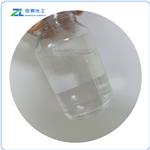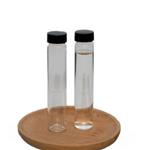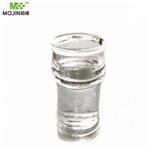Description
3-Heptanol has a powerful, herbaceous odor and a pungent,
slightly bitter taste. May be prepared through catalytic hydrogenation
of ethyl-n-butyl ketone.
Chemical Properties
Colorless, oily liquid
Chemical Properties
3-Heptanol has a powerful, herbaceous odor and a pungent, slightly bitter taste.
Occurrence
Reported found in banana, papaya, French fried potato, peppermint oil, butter, fried or grilled beef, cognac, coffee, peated malt and rooibus tea (Aspalathius linearis)
Uses
Flotation frother, solvent and diluent in organic
coatings, intermediates.
Uses
3-Heptanol can be used:
- As a solvent to form microenvironments around single-walled carbon nanotubes.
- To prepare substituted pyrimidine derivatives as C1 domain-targeted isophthalate analogs to study their binding affinities towards PKCα?isoform.
- As a building block to synthesize 4-(3-adamantan-1-yl-ureido)-butyric acid and cyclohexanecarboxylic acid derivatives as sEH inhibitors.
Definition
ChEBI: Heptan-3-ol is a secondary alcohol.
Preparation
By catalytic hydrogenation of ethyl-n-butyl ketone.
Aroma threshold values
240 to 410 ppb.
General Description
3-Heptanol is the main biotransformation product of
n-heptane.
Hazard
Toxic by ingestion. Moderate fire risk.
Biochem/physiol Actions
Odor at 1.0%
Metabolism
In the rabbit, heptan-l-ol is metabolized partly by direct conjugation with glucuronic acid to form an ether glucuronide and mainly by oxidation to the carboxylic acid, which either undergoes further oxidation to CO
2 or forms an ester glucuronide






